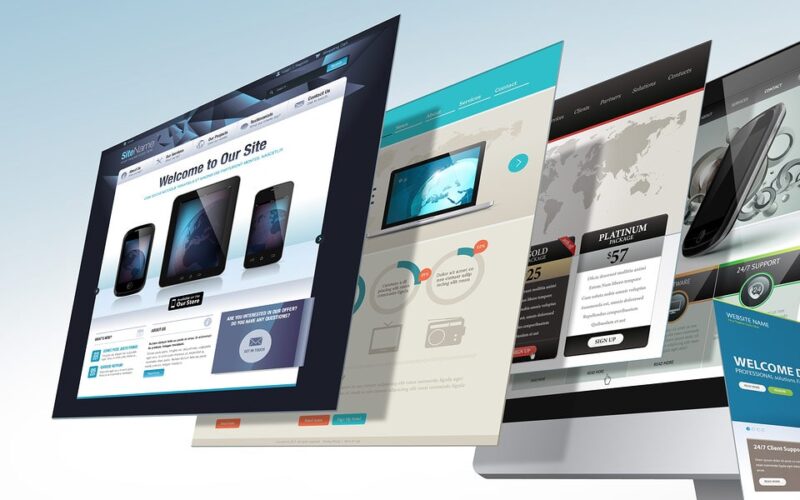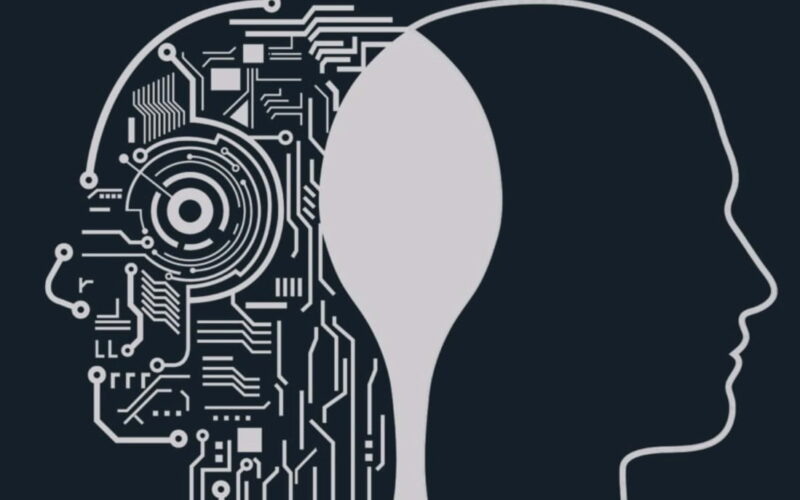What is the future of work?
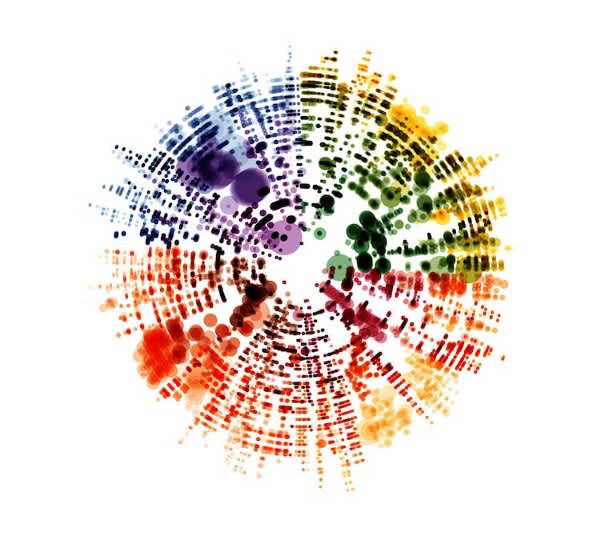
CorporateLadder will soon turn defunct, climbing up the ladder isn’t going to be the norm. Spreading your wings will be.
Organizations of the future would look more like a buzzing neural network, a super brain — that has constellations of people, forming clusters to solve problems.
Another way of visualizing this, is to look at the Organization as a Social Network — a network of connected people, dynamically assembling into unique clusters to solve problems.
In this Organization, what matters is how far you’ve spread your wings, how many people you’ve positively influenced & what problems you’ve solved.
Large Organizations today are under pressure, to transform themselves to create disruptive outcomes — going from having a ‘corporate ladder’ to becoming a ‘buzzing network’. This transformation we believe will be aided by what smaller, nimbler organizations have achieved, with greater autonomy & a disruptive approach to people.
For many years, we’ve been looking at Organizational design & Org-structure, often like how an ERP software would want to look at it, often as a linear ‘ hierarchy ’ that defines — what people would do in various positions, what information they’d have access to, what people they’d work with, what decisions they’re allowed to take, what they’re allowed to publicly communicate, how they’d grow, how they’d escalate situations they can’t handle & so on.
We believe, Growth, at an individual & an organizational level, is not always linear, unidirectional, unidimensional, as the hierarchy approach assumes.
In reality, an Organization or any community of people, is complex in structure, holding relationships that’re multi-dimensional and have elements of non-linearity & randomness. Organizational agility — is soon going to be defined by how well a cluster of people can be brought together to solve problems & deliver outcomes efficiently, and then be mobilized to solve larger problems.
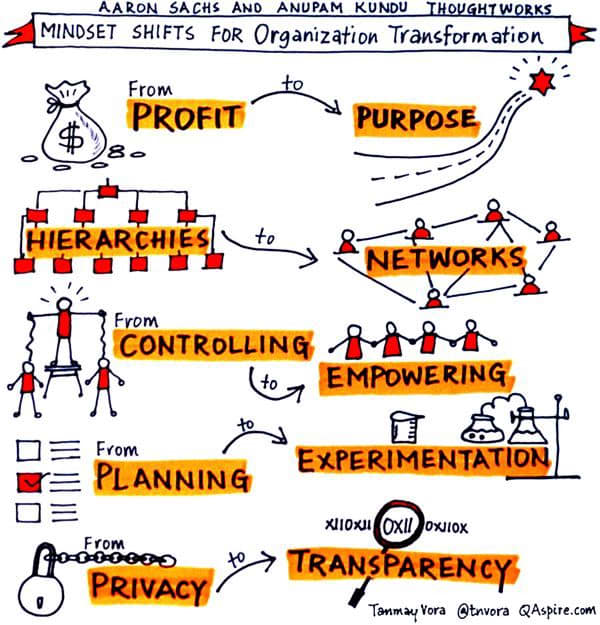
How hierarchical approach has been limiting organizations?
Let’s look at some of the ways, the ‘hierarchical’ approach has been limiting organizations:
- Terms of Employment — higher on the hierarchy meant more flexible terms of engagement & variable pay, lower on the hierarchy meant more rigid bonds & fixed pay. This meant, people need to meet a certain ‘criteria’ to be eligible to negotiate a more flexible, more social, relationship with the employer.
Today’s Organizations are creating newer, more flexible social models, as definition of work & workplaces is fundamentally changing. Hierarchy kills the possibility of engaging with people in new ways, not allowing flexible weekly time commitments, part-time / one-time opportunities, limiting future possibilities for the business. - Position of power — higher on the hierarchy meant more participation in decision making, lower on the hierarchy meant lesser opportunity to participate in decision making. People need to meet a certain ‘criteria’ to be eligible to participate / contribute / influence decision making thought process. This includes people giving each other feedback to grow.
Today’s young workforce, is looking to seize every opportunity to learn & grow, consistently equipping & upgrading themselves to handle larger problems, early on in life. Hierarchy not only limits these growth opportunities, it also blocks free-flow of intelligence & decision making potential within the organization to maximize growth. - Access to information — higher on the hierarchy meant more access to business critical information, lower on the hierarchy meant lesser exposure to information. People need to meet a certain ‘criteria’ to be eligible to receive information, challenge it or derive insight from it.
When an organization controls access to information, it indirectly signals fear of consequence, fear of being judged & fear of losing command. Today’s organizations are making information transparent, practicing a culture of openness, to listen & learn from everyone, at all times. This also creates opportunities for people to learn to judge situations logically & value emotional intelligence. - Authority to communicate — higher on the hierarchy meant more permissions to socialize ideas, lower on the hierarchy meant lesser permissions to voice ideas. People need to meet a certain ‘criteria’ to be eligible to speak on behalf of the organization or socialize ideas.
Today’s workforce is highly connected & social than ever before, the Organization’s ‘brand’ identity is carried by every single person, across the board, than a select set of people on the top of the ladder. Hierarchy kills the opportunity for the brand to be heard in a new voice & the opportunity for different perceptions of the brand to reach a larger audience.
While it maybe easy for a computer program to look at an Organization as a ‘hierarchical structure’ to help manage people & permissions, roles & expectations, salary & incentives; we believe it’s time we change the way we look at organizations.
Organization as a social network , promotes the voice of the individual, encourages local decisions, champions holistic individual growth which will influence larger collective growth & accelerate it through the connections, allowing disruptive, exponential growth to happen.
We could also create an“ Organizational influence ” score that indicates an individual’s ability to influence other’s decisions & drive positive actions, just like how we have a Klout score for social media influence. This could also become a parameter for promotions to leadership positions within the organization.
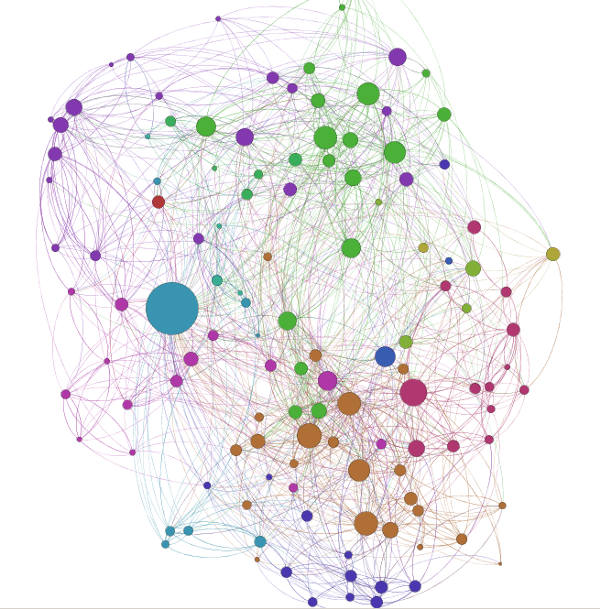
It’s time today’s Organizations recognize the limitations of a ‘hierarchical structure’ and gradually morph themselves to become more like a social network, with people sharing a common set of values — values that govern how the organization responds to ongoing opportunities & learns from every challenge.
To gain this perspective, organizations of today, need to practice letting go of control, de-centralize ‘efficiency’ governance, promote self-governing & self-organizing teams, encourage local decision making, empower smaller clusters of people, maximize cross-functional attention & involvement.
Teams should be incentivized to jump into a struggling project & transform outcomes. Teams should be empowered to involve people whom they think can contribute valuable insights to the problem they’re solving, rather than be limited by hierarchy definitions.
Here’s how we’ve adopted more autonomy at Codewave for greater agility, disruptive thinking & learning, fast tracked individual & collective growth.
1) Peerly (https://codewave.com/peerly) is our framework for continuous growth & our culture guide. We replaced annual performance reviews & bossy interventions, with more dynamic, peer to peer, transparent feedback.
2) Leadership Cafe (https://codewave.com/leadership-cafe) is a practice, a weekly event at Codewave, that embodies our spirit to be open, to listen to everyone alike. We started this to create opportunities for self expression, positive influence & strengthening our connections.
3) Problem Solving Clusters :
○ We bring together a set of people on a project, to collaborate, question, solve & learn together. This cluster takes local decisions regarding the project & learns how to deal with complex situations on their own. People move around, give help, seek help — making sure we leave no-one behind. This eliminates the need for ‘managerial’ intervention & encourages everyone to apply spontaneity & common sense. This also makes leadership an ‘invisible’ guiding force, in it’s most effective form.
4) Starting with why :
○ We’ve created a culture of “starting with why”, where everyone in a project questions & understands why the project is important. All customer & project information (including the customer’s vision, scope of work, timelines & revenue) is transparently shared with people, allowing them to freely observe the opportunity from all aspects. This makes everyone on the project, a solution influencer, not just leaving it for the product / business owners to shape the solution; making the engagement with customers a highly collaborative exercise.
5) Redefining Project Management:
○ We’ve combined 2 traditional roles into 1(role of a Business Analyst & a Project Manager). We believe a PM can’t lead without influencing the why & a BA can’t deliver without understanding the nuances of delivering what’s imagined. We’ve combined the roles of BA & PM into 1, so the person in this role is empowered to lead by influence & deliver what’s committed.
Codewave is a technology services company, that has designed, developed & delivered over 300 applications in the last 5 years, meeting critical digitization goals of businesses, in more than 10 industries, globally.
Frequently Asked Questions(FAQs)
1. What is organisational structure?
Organizational structure refers to the way that a company or organization is set up, including the hierarchy of management, the relationships between different departments, and the roles and responsibilities of employees. For example, a company might have a tall organizational structure, with many levels of management and many different departments, while another company might have a flat structure, with few management levels and fewer departments. An example of a tall organizational structure is a multi-national corporation with a CEO at the top, followed by a president, several vice presidents, directors, managers, and so on, while an example of a flat structure is a small start-up company with a founder and a few employees.
2. How does the structure of an organization impact its ability to attract and retain top talent?
A rigid, hierarchical structure may discourage potential employees who value autonomy and flat organizational structures, while a more decentralized structure may be more appealing to individuals who want to take on more responsibility and have more control over their work. Additionally, a structure that promotes collaboration and communication across different departments and teams can foster a sense of community and shared purpose, which can be attractive to top talent. Furthermore, organizations with a clear vision and mission, and a structure that supports the achievement of that vision can attract and retain top talent who want to work for a company that has a strong sense of purpose and direction.
3. In what ways can a decentralized organizational structure lead to greater efficiency and accountability?
A decentralized organizational structure allows for decision-making to be spread out among different levels of the organization, as opposed to being centralized at the top. This can lead to greater efficiency by allowing for faster, more nimble decision-making and problem-solving. Additionally, a decentralized structure can promote a culture of ownership and accountability, as individuals and teams at all levels of the organization have more autonomy and responsibility for the success of their work. This can also lead to better communication, as decisions are made closer to the source of information and employees feel more invested in the outcomes of their work. Ultimately, a decentralized structure can lead to greater efficiency, accountability, and a more engaged workforce.
Codewave is a design thinking led digital transformation company enabling organisations with playful innovation using AI & ML, IoT & Edge, AR, VR, Cloud, Blockchain, and Data.





